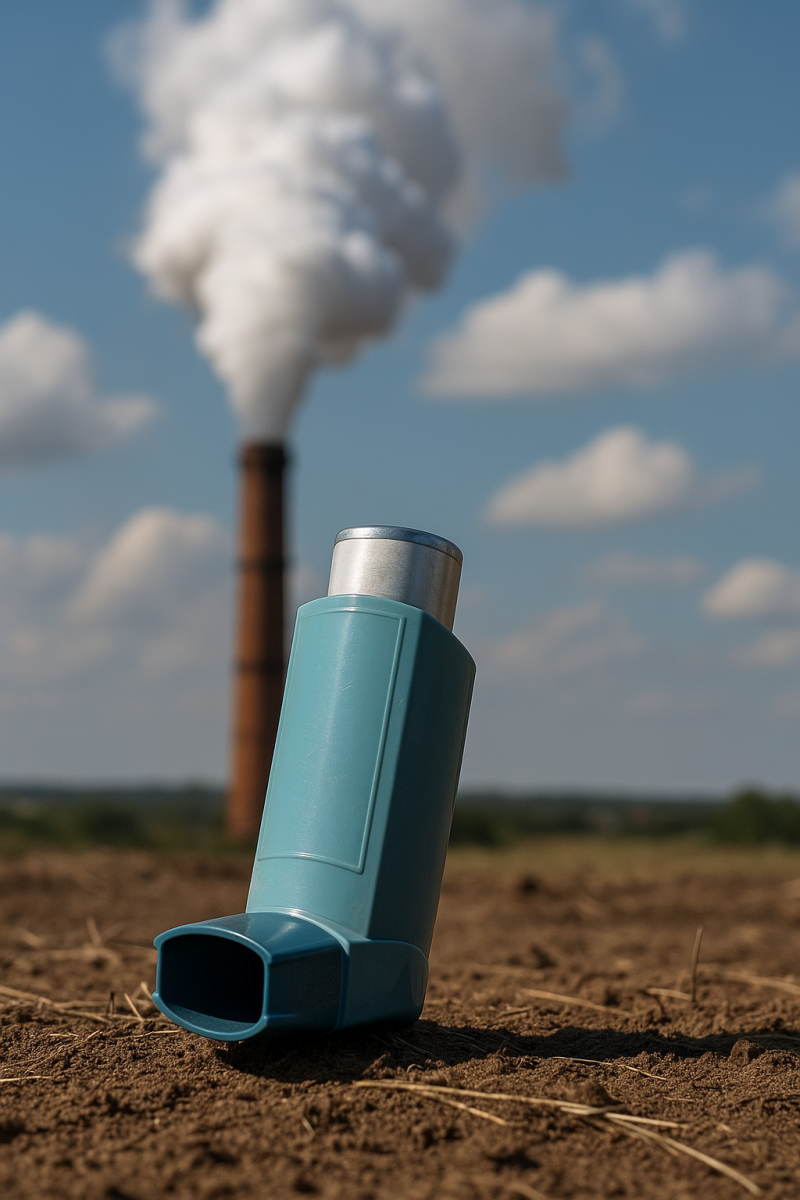Inhalers, essential for treating respiratory conditions such as asthma and chronic obstructive pulmonary disease (COPD), play a critical role in public health. However, many of these devices contribute to climate pollution because of their propellants, particularly hydrofluoroalkanes (HFAs).
These gases are potent greenhouse emissions with a global warming potential far greater than carbon dioxide. Since inhaler use is widespread, the combined environmental impact is significant, prompting researchers and health agencies to examine ways to reduce their contribution to climate change.
The main concern lies in the HFA propellants that help deliver medication to the lungs. When released into the atmosphere, HFAs trap heat, contributing to global warming. Studies have shown that inhalers make up a measurable share of healthcare’s overall carbon footprint. With many patients relying on them daily, the release of greenhouse gases is continuous, compounding the problem over time.
This pollution can contribute to rising global temperatures, shifting weather patterns, and broader environmental challenges. Experts say that reducing inhaler-related emissions requires both innovation and education.
Mitigation Strategies and Alternatives
One promising approach is the transition to dry powder inhalers, which do not use chemical propellants and have a much smaller carbon footprint. Another strategy involves the proper disposal and recycling of used inhalers to prevent residual HFAs from entering the atmosphere.
Pharmaceutical companies are also developing next-generation inhalers that use more environmentally friendly propellants. Healthcare professionals and patients play a key role as well by learning about eco-friendly options and following correct disposal procedures.
While inhalers remain a vital medical tool, ongoing innovation and awareness can help ensure they support not just respiratory health, but the health of the planet too.





































